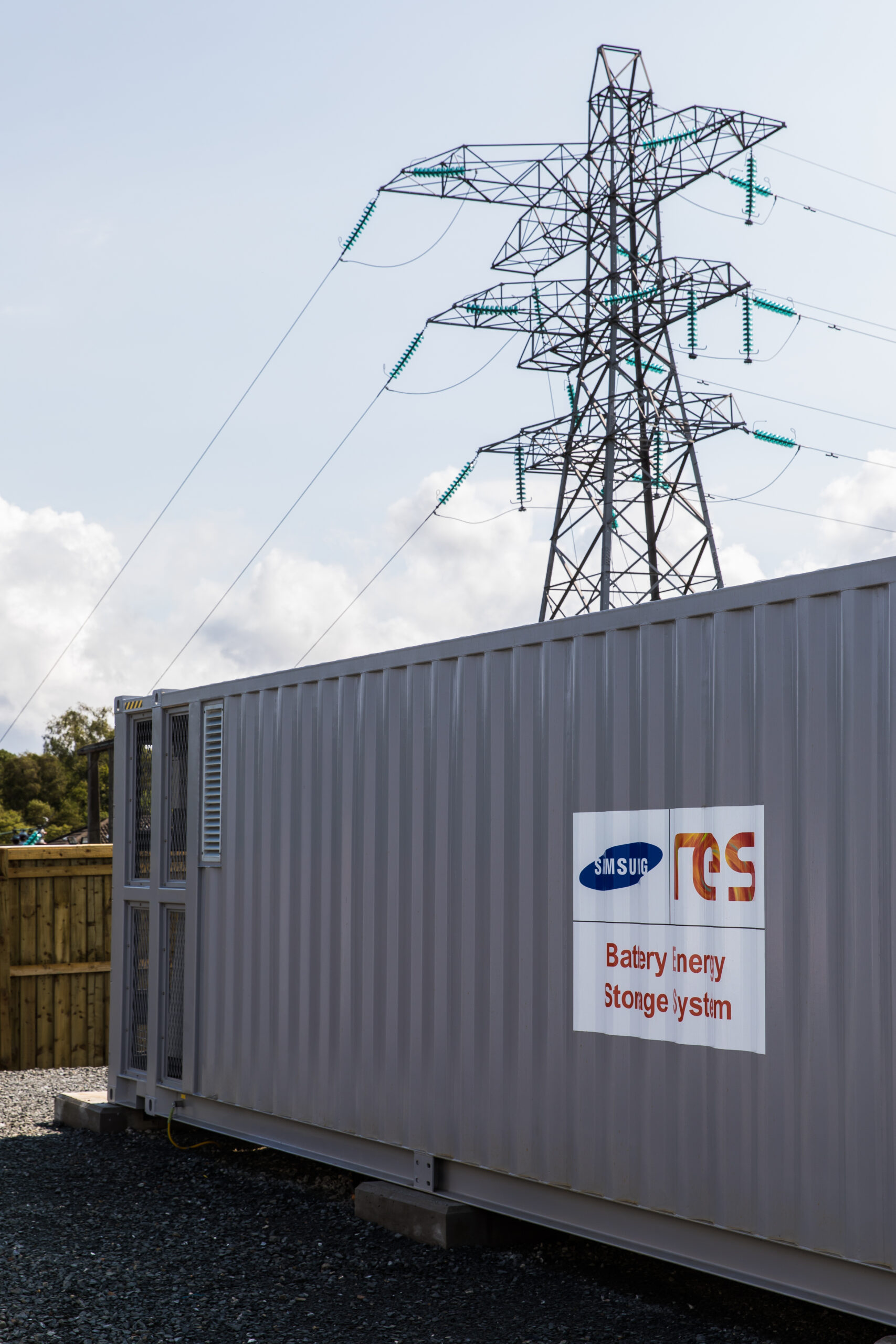Solutions
Our passionate and experienced people deliver successful clean energy projects globally.
Technologies
Driving a clean energy future through state-of-the-art renewable technologies.
See all technologiesResources
Browse our latest resources, including company updates, customer stories, industry insights, and research reports.
See all resourcesCareers
Join a collaborative team of passionate individuals who engage in meaningful, stimulating, and world-changing work.
Learn moreAbout RES
We live our mission, celebrate the people making it happen and transform the way the world produces and consumes energy.
See about usOur offices
Like our business, we’re truly global – but proudly local. Find contact and location details for every RES office.
Contact us
by Patrick Smart, Energy Networks Director, RES
First published in RICS Land Journal 28 March 2024
Renewable project developers and landowners have long bemoaned the time it takes to connect to the grid. National Grid reforms will enable faster approval for energy projects throughout 2024
For several years a slow-moving queue of energy projects – roughly 540GW* across transmission and distribution – have been waiting to connect to the UK’s electricity grid. And of those projects, 84GW are unlikely to ever go ahead.
Outdated regulation has meant that unviable projects and speculative applications hold up the queue and leave shovel-ready energy projects, which would support the UK’s transition to net zero, waiting several years for a viable grid connection. If unviable projects are removed from the queue more projects that require no upgrades could connect in 18–24 months rather than several years.
Key grid connection reforms
National Grid’s connections reform initiative is overhauling the grid connection process allowing connection dates for viable projects to be accelerated and unviable projects to be removed from the queue. The reforms are extensive, encompassing short and longer-term timescales. Some of the more notable reforms include:
- Landowners will be required to provide a letter of authority to support a transmission grid connection application proposed on their land.
- Active queue management will see projects that do not progress against contractual milestones, such as applying for planning consent, pushed down the queue or terminated.
- Construction programming assumptions that alter the methodology used to decide how network and transmissions reinforcements are designed will be reviewed. This will identify where fewer reinforcements are needed, allowing some project connection dates to be accelerated.
- Interim non-firm grid connections will be introduced for energy storage projects. Storage projects will be able to connect before transmission reinforcements works are completed. However, they will remain subject to output restrictions in times of grid stress until the works are complete, at which point the connection becomes firm. Nineteen storage projects, equivalent to 10GW, have already been offered this connection option, which would bring their connection date forward by up to four years.
- A transmission entry capacity amnesty will terminate 4GW of connection agreements for projects that are no longer going ahead.
How is the system changing?
The old system allowed people to submit and secure grid connections for projects that did not have endorsement from landowners. This blocked and delayed legitimate projects. To unblock that grid capacity, developers had to pay for new infrastructure upgrades. This not only drove up costs but added significant delays to the grid connection queue.
With National Grid’s reforms, this practice will come to an end. In 2024 all developers will be required to meet contractual milestones or risk having their contract terminated. Of course, some projects face genuine delays and there will be a process to support those projects. However, in the next 18–24 months we can expect to see tens of gigawatts of grid connection agreements being terminated, which may come as a shock to some landowners.
How could this affect landowners?
For landowners who have partnered with developers who work closely with National Grid and distribution network operators and who understand the grid network policies, these reforms could be positive. For projects that are not progressing through planning, or where a developer has not made the progress they suggested, their wind, solar or energy storage projects are likely to be removed from the queue.
This opens the connection for the next in line, potentially bringing their connection date to the grid forward by as much as six years. I expect this will be common across the UK going forward. Developers in this position can start getting their construction teams on site.
For landowners working with RES, the reforms are positive. They will mean more realistic connection timescales and increased project certainty. Our approach to grid connections has always been to submit applications for land on which we fully intend to develop a renewable energy project and where we already have the landowner’s engagement.
Ultimately, this will allow well-managed projects to be connected earlier and for landowners to reap the benefit of their diversification plans much sooner. Overall, the reforms will bring greater transparency to all landowners and for most, greater confidence. However, the changes are complex, and the onus will be on developers to keep their landowning stakeholders informed about next steps.
*700GW – updated as of May 2024
https://ww3.rics.org/uk/en/journals/land-journal/national-grid-connections-reform.html
